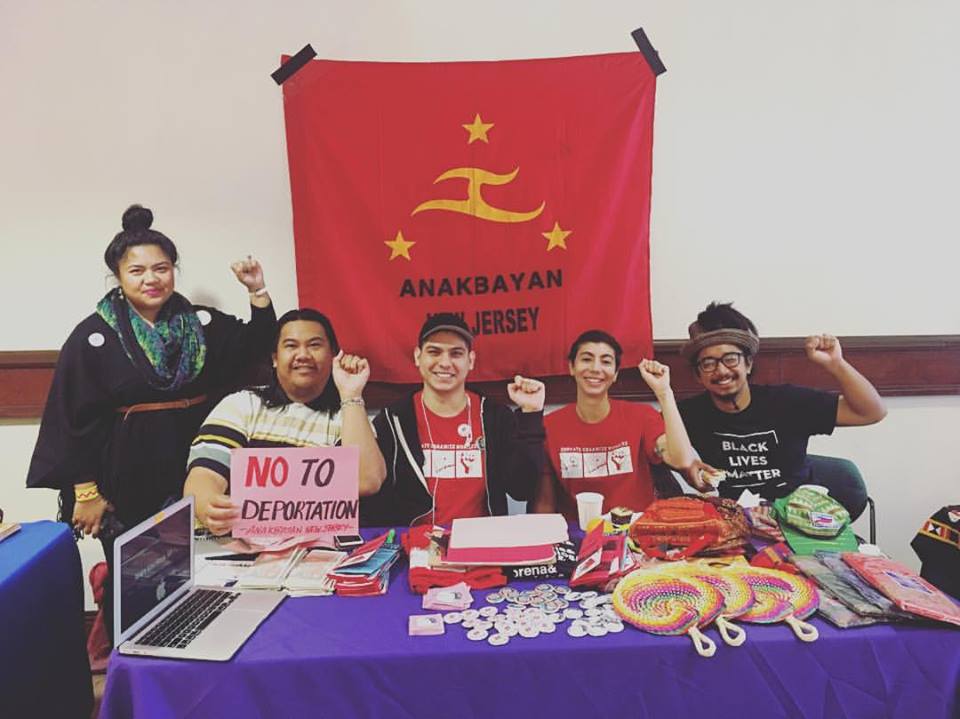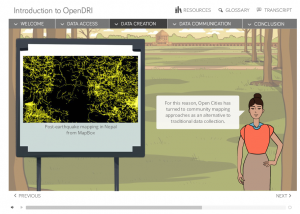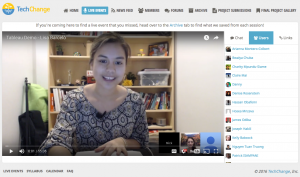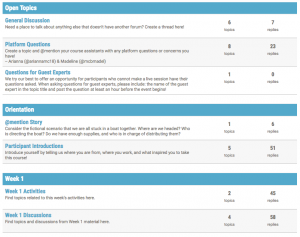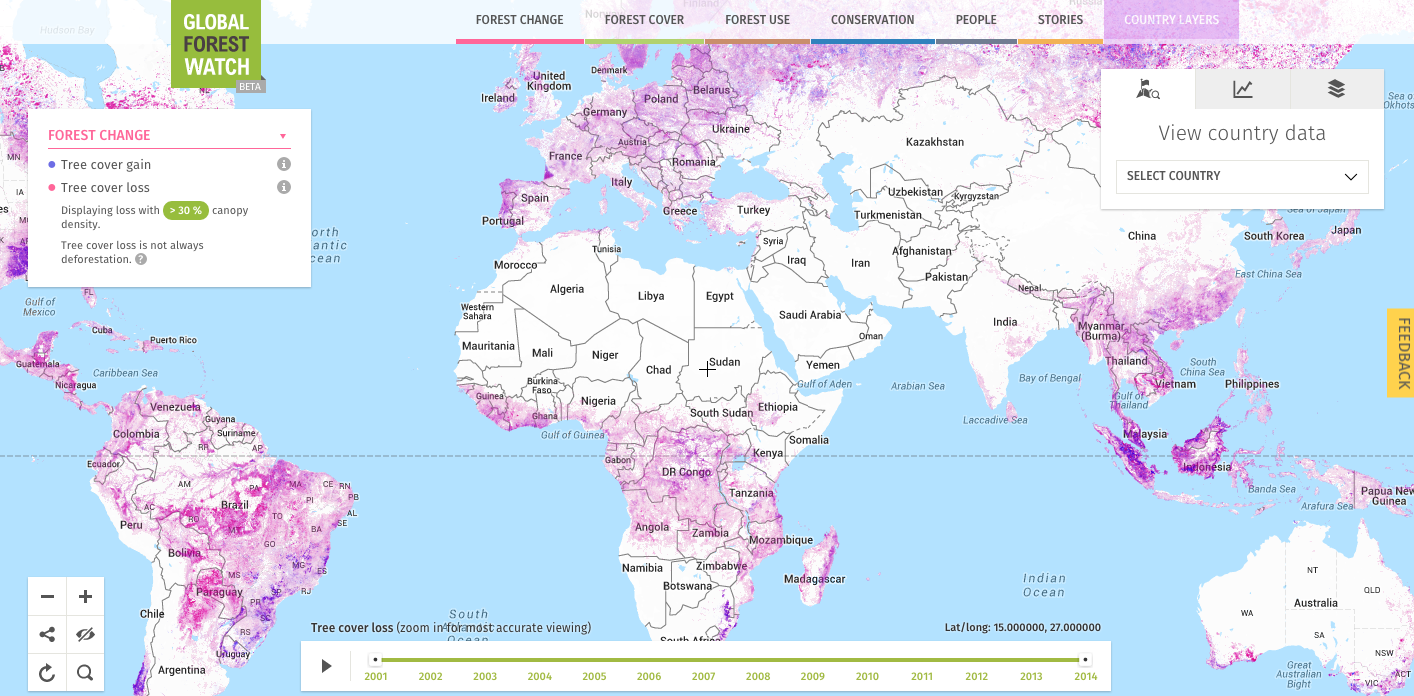To an average DC resident, social movements may look like traffic jams.
They may look like scattered, unconnected protests taking the streets demanding justice for yet another cause. But to those involved in movement work, these protests are only a small fraction of the total coordinated effort. I myself have had the honor to be a member of the movement-oriented organization Anakbayan-USA. Anakbayan is the youth sector of the larger mass alliance of organizations, BAYAN, which works to educate, organize, and mobilize around issues that affect Filipinos in the United States and the Philippines, such as poverty, migration, and wage rights.
I’ve seen firsthand that most grassroots campaigns involve a number of departments, or working groups, specializing in different aspects of building a movement of people, and though their more public face may look like a group of young people yelling into the void, in actuality social movements are as planned and coordinated as any corporate enterprise. Specifically, in my chapter of Anakbayan-USA members are broken down into several committees including finance, outreach, and perhaps most under-rated, educational development: the committee which I’ve pursued.
What does educational development look like in social movements?
Educational development means external educational projects– for example, making public the situation of landlessness of impoverished working peasants in the Philippines— as well as building internal member capacity, such as continually re-educating the member base on developments in the movement and orienting new members. More broadly, this means that joining the movement is not just about showing up. Orientation is not simply a “Welcome Aboard!” pat on the back. For several movements, orientation is a serious duty, conducted by designated members of the educational committee, often several hours long, explaining the history, goals, framework, and tactics of the organization.
- Internal educational project: members of Anakbayan New Jersey’s educational development committee leading my orientation session in June 2016.
- External educational project: members of Anakbayan New Jersey’s educational committee and solidarity committee tabling in Jersey City about a local campaign to save a trans Filipina from deportation in October 2016.
Ultimately, the success of Anakbayan is inseparable from our ability to attract, orient, and train new members who are able to continue the core mission statement of our organization. As Philippine revolutionary leader Jose Maria Sison wrote, “Even a revolutionary society… would stagnate and be thereafter corrupted if the process of renewal and of continuous revolution is neglected or deliberately held back”. In other words, even if all of the goals of our campaigns were met, we would not have won if we were not continuing to educate and renew ourselves and new members.
So educational development is important… Why online education?
In one word: accessibility. While there are undeniable benefits to sharing a physical space, that unfortunately is a luxury to some. Whether it be a parent with several children, an individual with a physical disability, or someone who simply works all of the typical hours for holding a meeting or workshop, in-person trainings are potentially leaving some of our strongest allies behind and without means to participate.
In a world with Facebook Live and viral hashtags, it’s clear that technology is molding how organizations and individuals use their right to protest. But some social movements are faster to adopt the possibilities of technology to their cause– a tactic that has reaped results. Adopting social media platforms like Twitter can perhaps mean the difference between 5 and 25 people showing up to a meeting. We often think of technology solely as a form of communication, but in fact messaging is just one aspect of how technology can aid social movements.
This is underscored by the fact that though educational technology has advanced significantly, the delivery of educational materials in social movements has not advanced much (if at all) since the teach-ins of the Civil Rights Movement in the United States. Platforms like TechChange highlight that online education doesn’t have to be passive. With features like interactive web elements, live events, and forum activities, learning can be interactive and facilitated, just like learning in a classroom, but on your watch in the comfort of your own home.
- Interactive web elements that combine the presentation of facts with user activity are featured in several TechChange courses. Source: OpenDRI: Open Data for Environmental Resilience (Self-paced Free Online Course)
- Live events are a form of webinar that allow experts in a given topic to easily present their information with a host facilitating questions from the audience tuning in. Source: TC311 Technology for Data Visualization and Analysis (4-Week Online Facilitated Course)
- Forums allow for people to contribute and respond to topics relevant to the educational material on their own time with notification to other members of the class. Source: TC311 Technology for Data Visualization and Analysis (4-Week Online Facilitated Course)
Through educational mediums similar to TechChange’s live event platform, BAYAN has recently started hosting interactive webinars to train its alliance member base. Because of the efficiency and flexibility of online education, movements throughout the world should look to TechChange and BAYAN as examples of the educational organization of the future. As we say in Anakbayan, “Lumalakas, Lumalawak, Lumalaban!”, which roughly translates to the struggle is intensifying, our movement is growing, and we will continue to fight. To its credit, online education is an important pillar in the growth and eventual success of our movements.
If you’d like to know more about Anakbayan, find us at the following links!
Website: http://www.anakbayanusa.org/
Facebook: https://www.facebook.com/AnakbayanUsa
Twitter: https://twitter.com/anakbayanusa



